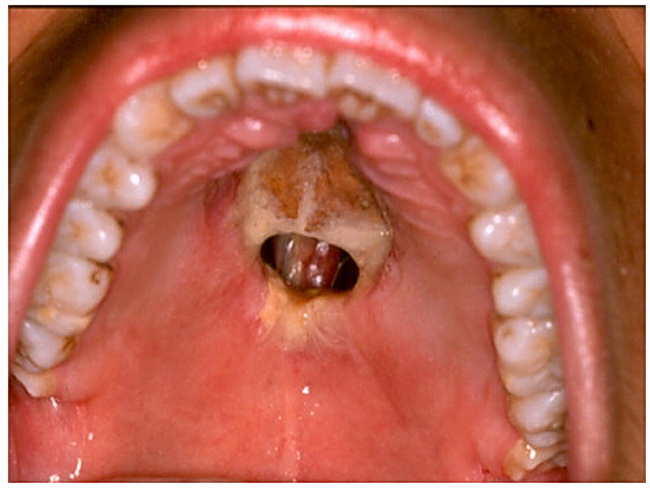NK/T-cell Lymphoma


Comments:
NK/T-cell lymphoma is rare in the US and Europe, but more common in Asia and South America. It is the most common histologic type of primary nasal lymphoma in Asian populations. They usually arise as ulcerative, necrotizing, obstructive lesions in the nasal cavity, nasopharynx, or upper aerodigestive tract. Involvement of adjacent anatomic structures such as paranasal sinuses, orbit, oral cavity, palate, and oropharynx is frequently seen along with bone erosion. This often causes destructive, disfiguring, fungating lesions on the face. Extranasal sites are less commonly involved and include skin, gastrointestinal tract, testis, lung, eye, and soft tissues. NK/T-cell lymphoma has been referred to in the past as angiocentric lymphoma. In addition, majority of the cases which have been diagnosed in the past as lethal midline granuloma, malignant histiocytosis, polymorphic reticulosis, and malignant midline reticulosis are now considered to be due to NK/T-cell lymphoma. This patient with NK/T-cell lymphoma presented with a destructive ulcerative lesion in the hard palate surrounded by an extensive zone of necrosis. Image source: Meneses-Garcia A. et al. Expression of the metalloproteases MMP-1, MMP-2, MMP-3, MMP-9, MMP-11, TIMP-1 and TIMP-2 in angiocentric midfacial lymphomas. 2008 Oct 27;6:114; licensed under CC by 2.0


